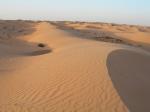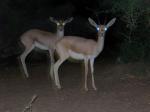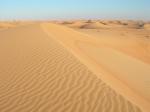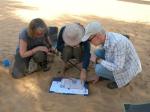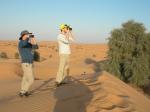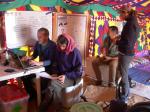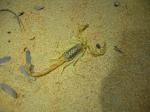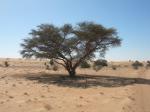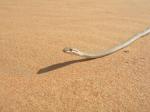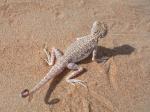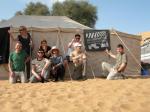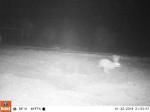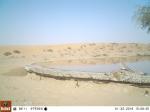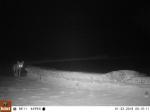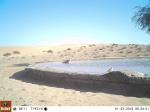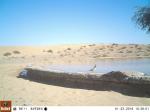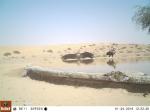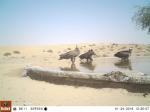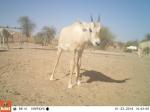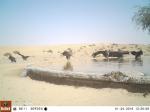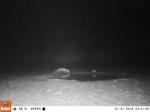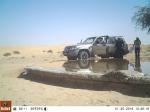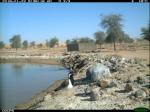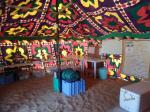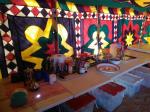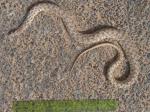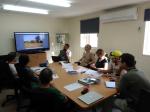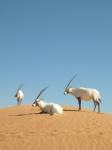The team has now left the DDCR, base camp is packed up and stored for next year and all that’s left is this final diary entry to conclude a successful expedition.
We were a relatively small team this year and we are extremely grateful for all the hard work everyone has put in to get through the survey schedule. It was a sizeable piece of work, but I am sure that you will all miss waking up to a desert sunrise, star gazing at night and trekking over the dunes with the anticipation of an exciting sighting just over the next ridge.
Before I go into detail with our findings, I would like to thank everyone who was involved and helped making this expedition happen. A special thanks goes to Platinum Heritage for their support and taking the team on a wonderful night safari in their classic Land Rovers. After a fantastic meal in their style desert camp, we very much enjoyed an introduction to astronomy, listening to Esra’s explanations, while perfectly couch potatoed in the seating area, our eyes on the constellations of the night sky. It was a night to remember.
In terms of scientific results, here are a few salient points:
All 46 2×2 km quadrants were surveyed with circular observations and all 220 fox dens checked for signs of activity. Our 17 camera traps recorded over 4600 photographs, including an observation of cinereous vulture, which is only the third record for this species in the UAE, a very exciting result! We also had some good reptile sightings in the last few days, including Arabian toad-headed agama, hissing sand snake and tracks of sand boa. Although many fox dens, originally recorded on a baseline survey a few years ago, are now inactive, we discovered new active dens and the numerous fox tracks and captures on camera traps indicate that the Arabian fox population in the reserve is healthy. Our live traps also caught two Arabian foxes, for which biometric data was collected. Over 50 species of bird, mammal and reptile were recorded by the team this year and we finally managed to identify the mystery duck at the large waterhole as a female garganey.
There are plenty of photographs from this year’s expedition (see slideshow), perhaps even one or two of Arabian oryx :), and we are looking forward to seeing the footage Andy shot with the drone. The film, once it is finished, we will happily share through our channels.
Greg was really pleased with the amount of data we collected, although it will take him a while to analyse and see what it all means in detail. The results will be published in the near future in the expedition report and also help identify the most appropriate research objectives for next year’s expedition.
Thanks again everyone for your input, effort and contribution. I hope you’ve enjoyed our time in the desert as much as we staffers did. Without your input, none of these data would get collected and these surveys would not get done, so we hope to all of you again some day, somewhere on this beautiful planet for another conservation and citizen science adventure!
P.S. And don’t forget to share your pictures and videos too.



